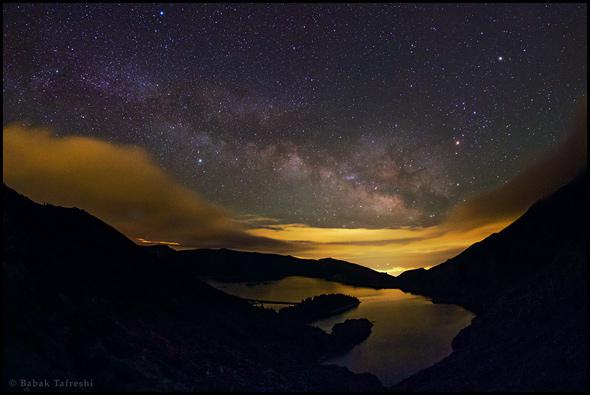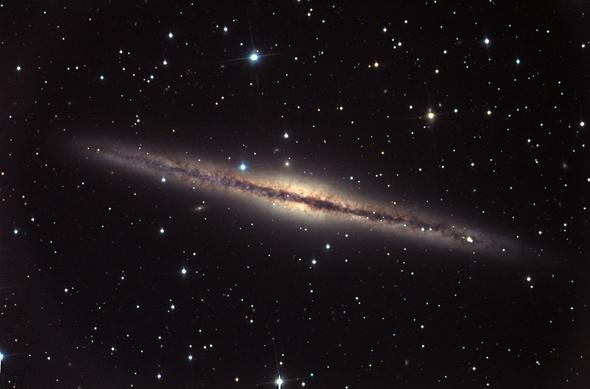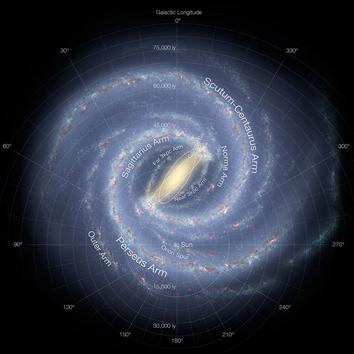My friend Babak Tafreshi is a gifted astrophotographer with an eye for the sky. More than just knowing how to take a gorgeous picture, he knows where to go.
Like, say, São Miguel Island in the Azores, where he shot this phenomenal photograph of the Milky Way:

Photo by Babak Tafreshi, used by permission
Spectacular! São Miguel is a volcanic island, dotted with cinder cones. The lake you see in the foreground is Lagoa de Fogo—“Lagoon of Fire”—named so due to its volcanic nature. But the moniker rings true in Babak’s photo, as well! The clouds look like ghostly flames, illuminated by the south-side town of Vila Franco do Campo a few kilometers away.
It’s rare to see shots of the Milky Way this wide, and when I do, I’m always overwhelmed with how obvious it is—once you know what you’re looking at—that we live in the outskirts of a spiral galaxy.
Why? This:

Photo by Adam Block/NOAO/AURA/NSF
That’s NGC 891, an edge-on spiral galaxy about 30 million light years away. Even though it’s so far away, the resemblance to our own home galaxy is uncanny (I flipped the photo to better match the orientation of Babak’s shot). You can see the central bulge of stars, the long, flat disk of stars like a line across the sky, and the incredible swath of dark dust lanes, blocking the light from stars behind it. The high-res version of the NGC 891 picture also makes the swirls and filamentary structure in the dust more obvious, just like it is in the Milky Way.

Photo by NASA/JPL-Caltech/ESO/R. Hurt
That resemblance is no coincidence, of course! We do live in a spiral galaxy, and since we’re inside the flat disk, off to one side, we see it edge-on. All those dust clouds hug the galactic equator, so we see them splitting the disk in half lengthwise in the sky. When we look toward the galactic center, toward that spherical central bulge of stars, it appears to rise out of the disk above and below (though toward the south it’s blocked a bit more by dust, making it look asymmetric).
As clear as it is in the photo, we have tons more evidence we live in a spiral, too. The best comes from radio and infrared telescopes, which can map the positions of dust and gas clouds across the galaxy, seeing them right through the thick dust. Their positions delineate the spiral arms of our magnificent Milky Way, and we’ve been able to use these observations to make relatively detailed maps of the galaxy, even though we’re stuck inside it.
When you dive in a bit deeper, you discover photos like Babak’s are more than just pretty pictures: They’re the beginning of understanding.